This article is sort of a continuation of my previous post: Can a game recreate the universe we live in?.
I love making games, but it is an exhaustive work. Lately I haven’t been as productive as I should be, but game making is still in my mind. Since the demise of Flash, I’ve been pretty lazy to ramp up on technologies like Unity or JavaScript. Sometimes, if I can’t make an actual game, I like to run experiments, like this big bang simulation. It helps me just discover the laws of Mathematics and Physics, and gets me to think. Sometimes, it can lead to an actual game.
This article might sound like a big philosophical blurb, but I’ll try to keep it within the topic of gaming.
One of the genre of games I’ve always wanted to make since I was a kid, more than any other game, is RPG. Ever since I played Phantasy Star, I dreamed that I could create my own world. Make an experience that transport someone in a fantasy world, not just as a spectator, but also as an actor. The point-and-click adventure genre was a close second. I just thought that RPG felt more open and massive, while adventure games were confined by space and storyline. Yet, content wise, adventure game seem easier to make. So this comes to no surprise that one of my RPG attempts, Dobuki’s Epic Journey, is pretty much a point-and-click adventure game that tries to be an RPG.

What’s special about RPG’s, is this illusion that seem to replicate real life. I can’t say really that RPG are doing a perfect job at it, but I think that’s the main intent. The one thing where an RPG like Final Fantasy often breaks the illusion of reality, is that as you travel around and come back to the same place, you can talk with the same person, standing at the exact same location, and have the exact same conversation over and over again. While it might not be a big deal in terms of gameplay, it is clear that you are not dealing with a real person, but more like some kind of tool or machinery.
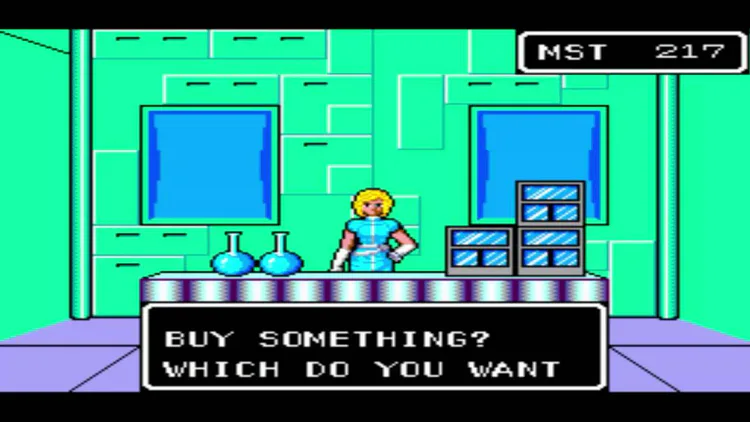
So, as I was taking a break from making games, one of the question I have been pondering about, is how one could make a game feel a bit more like real life, and perhaps come up with an experiment for that.
To answer the question, I tried a reverse approach. I tried to imagine what it would take to replicate the life experiment I am living right now, as a game. Perhaps just one activity, like walking on the street. I try to imagine what the system would need to compute for that.
As I walk on the street, I can imagine that the computing power needed to replicate everything happening around me would be astronomical. Now let’s say things existed only as I looked at them. That would significantly reduce the amount of moving parts. However, there is still logic involved for things I don’t see. If I cross a person, then a few seconds after that person walks passed me, I turn around, then the person should be a few meters away, with the distance proportional to the walking speed and the time I waited. So even in the dark, computation needs to happen. Or does it?
Let’s look at one of those casual game we all play, Farm Ville!
If you haven’t played FarmVille, I’m sure you are still familiar with those kind of games where you start planting or building something, then you come the next day, and the plant is bearing fruits, or the building has completed. Or perhaps you’ve played a cookie clicker. You build your cookie factory, which produces 5 cookies per second, and a week later, you become a cookie millionaire! I’m sure most of you already realize that the game didn’t just make cookies every second for one week while it was turned off. All the game had to do is multiply the rate of cookie production and with the length of time while you were away.
So interestingly, that means that the person I’ve crossed, then turned around and looked at again, could have been in computations just for the few seconds when I looked at the subject. That is, as long as the system simulating life could predict a constant movement of that person.
In fact, even if the person’s speed was not constant, it would still work because the computer could have decided that the person paused for a second, perhaps to tie shoe laces, then walk again. And the computer does not have to compute during the shoe lacing. As long as there’s a knowledge that an action has occured, the computer could have just showed me the person with messy shoe lace, then again with tidy shoe laces, a bit further behind but not too far. As long as the person doesn’t break the laws of physics by suddenly appearing 1km away as I turned, the illusion of reality is not broken.
This is a simple example on how the system could handle a single encounter. Now what if you go to a stadium, in a crowd of thousands of people. Could the system cope for that?
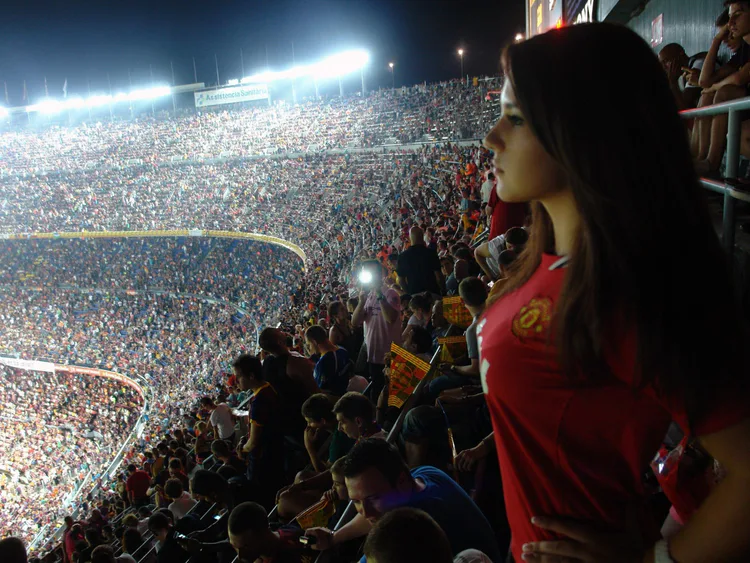
I still think it can. While there are a lot more moving parts, yourself are not aware of everything that’s happening in the stadium. Perhaps you do pay attention to a dozen people around you, but outside from that, you can’t tell for sure that everything happening is exactly making sense. The system could just generate moving parts as you look at them.
So for every moment that you are not paying attention, no calculation needs to be made. The system can just decide what happened globally during that time (person X walked from A to B at Y speed. Tied shoe laces midway). Or perhaps, the system does not even need to decide what happened, maybe it’s just your imagination that does it.
As I keep wrapping my mind around this idea, it reminds of the claim made by Elon Musk, that we currently live in a virtual reality, which is really saying we’re all in some kind of video game.
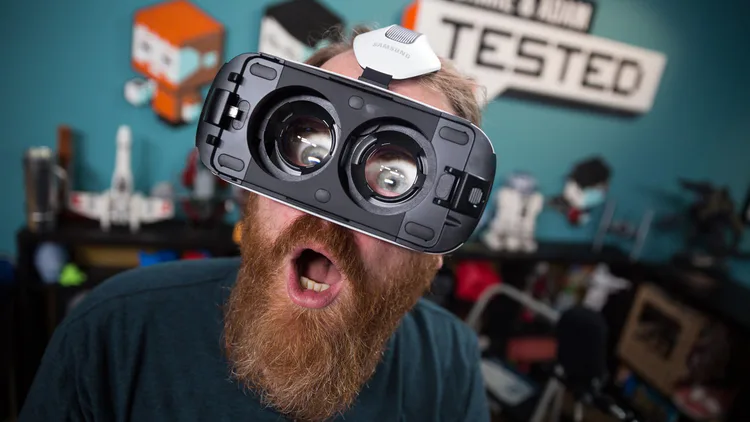
I first imagined that this would mean one gigantic world, where all 6 billions of us would be hooked up. It might be possible in another reality, but it’s still insane to think about the possibility of it. But if I think about the idea of computer generated NPCs, I’m starting to realize that it might not necessarily be 6 billions people.
If you think about your life, how many people really felt real to you?
You can think that perhaps, as you’ve seen movies, watched public performances, seen people on television, the number would still be astronomical. Yet, how many of those people have you actually met and interacted with?
When you turn on the television and watch the news, you assume that this is happening. Yet, you watch a movie and you know that it is not happening. Yet, you assume that there are real people, actors, being part of those movies. What if the news themselves were some kind of prerecorded reality that simply got replayed.
Now you can think that the people who are part of the news still have to be real. But as technology is making animation closer to reality, isn’t there a possibility that we have already reached the technological advancement, where all the news you see is just a series of animated videos manufactured by someone?

But let’s not delve too far into high tech. Giving the visual illusion of reality is one thing, but in terms of making an RPG more real, I’m just interested in turning the content itself into something more real.
So what can you count as reality? It’s fair to say that people you meet and interact with, would be much more difficult for a computer to reproduce. How many would that be in your lifetime?
The number seems quite substantial, but if you think about the number of people you had a real close connection with, it might not be that many. Let’s say you go to a fast food restaurant and order a burger from a cashier. Most of the time, your interaction would be sort of automatic. You speak your order, hand the money, then the person hands you the burger. Unless you started a deep conversation with the person, it’s not unrealistic to think that the cashier could simply be an NPC. At least, inside an RPG, those kind of NPC are really easy to make, as they are really just an equivalent of a machine with a specific purpose: giving you food when they hand you money.
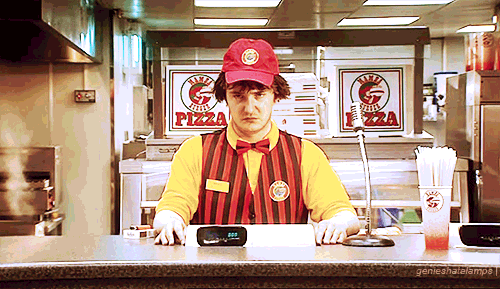
If we start counting the number of meaningful interactions that we had in our lifetime, it’s not so far fetch to imagine that there have been maybe just a thousand, or even just a hundred real people in our lives, and the rest were just NPCs.
While this might sound depressing, this is just a thought experiment, and the purpose is really just to think how RPGs could produce an experience that’s truly closer to life. We established that a system would not need to calculate every second of every person, but simply calculate the visible moving parts, while the rest can be imagined.
Hopefully, this is a technique I can apply in a future game, because let’s face it, right now you’re just thinking this article is a bunch of rambling, written by someone who might not even be real!
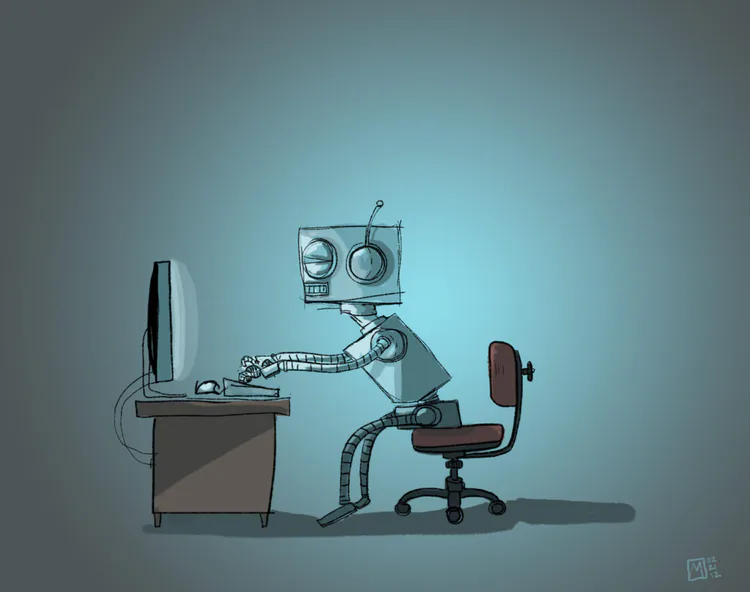

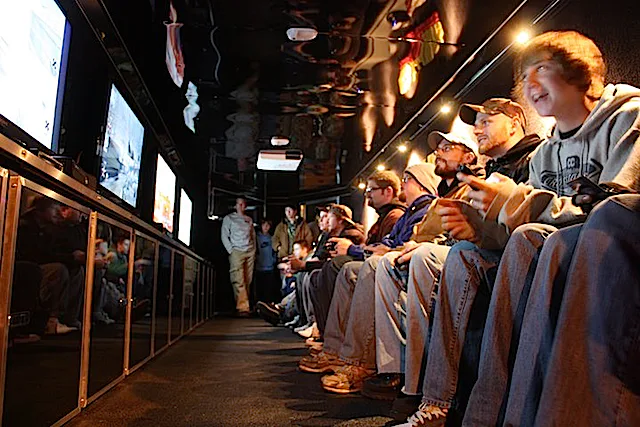


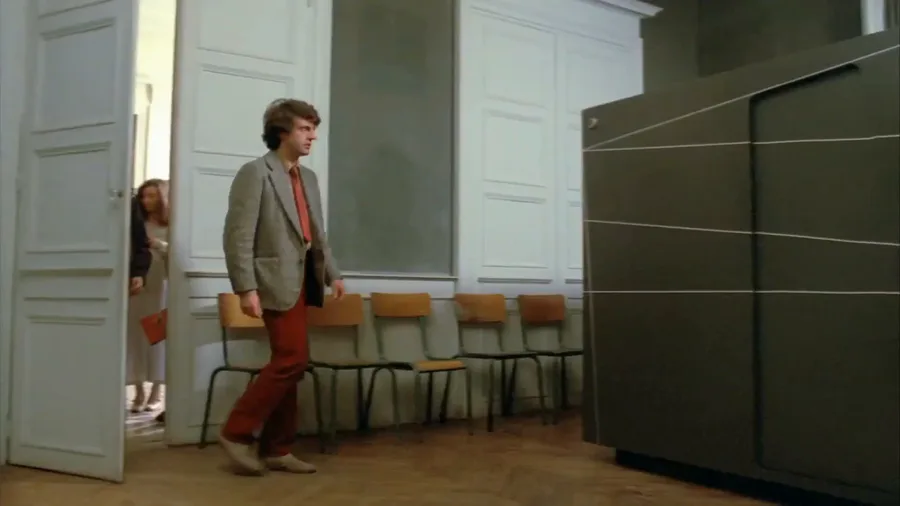




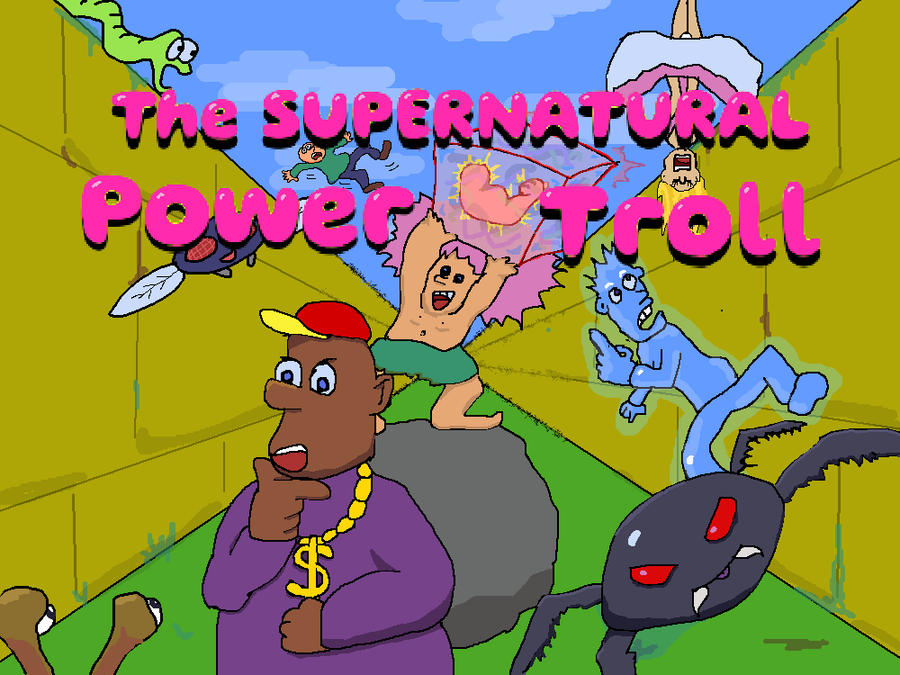
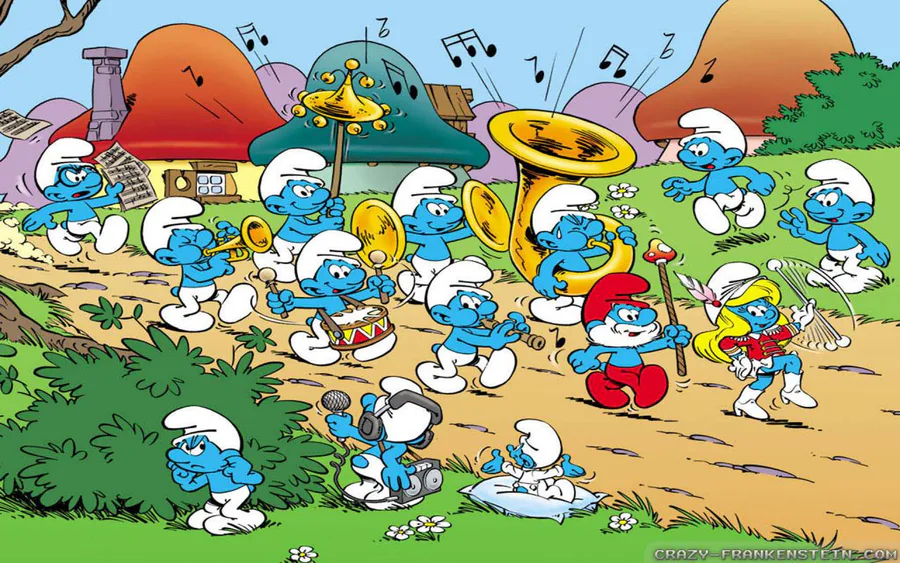
1 comment